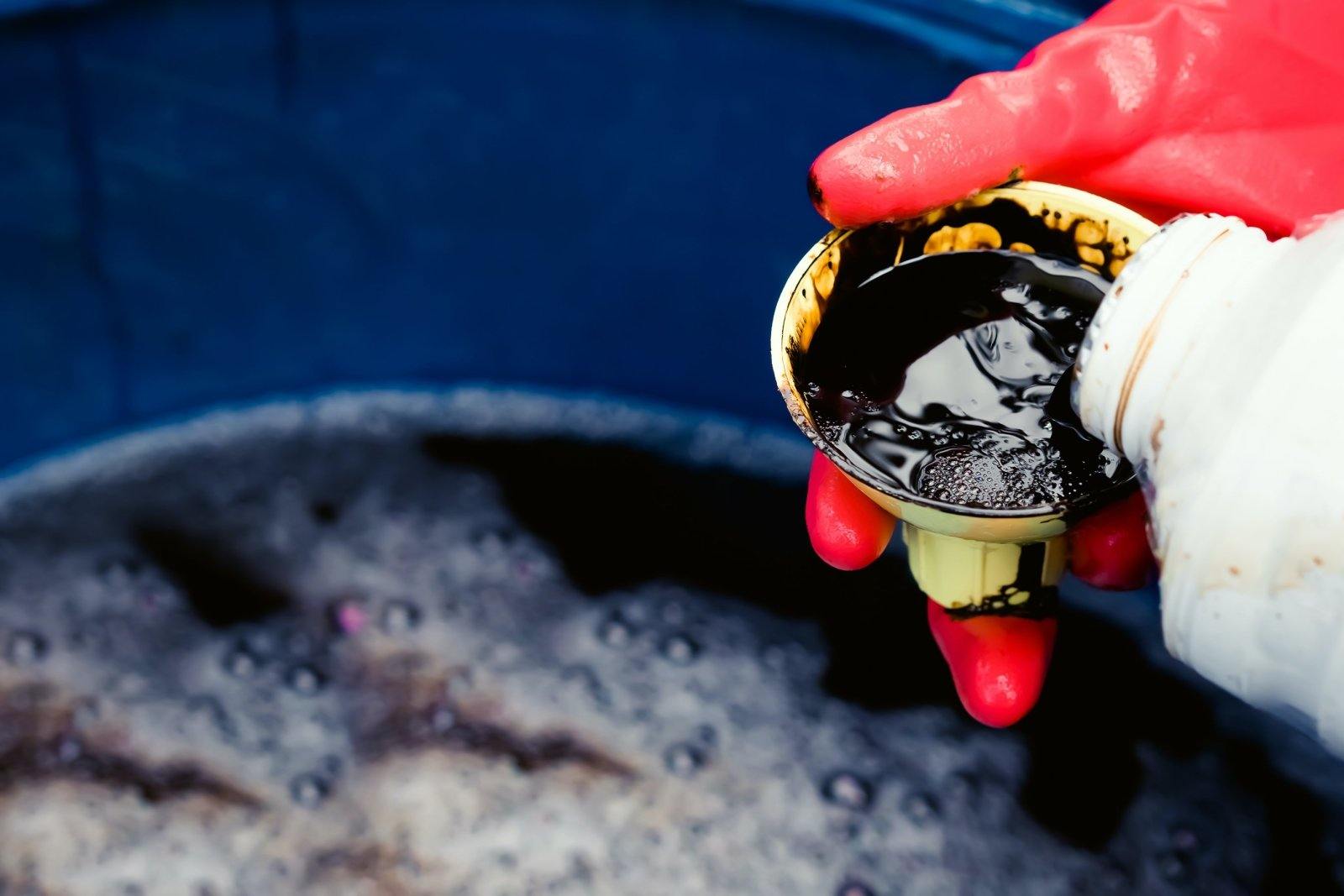by Andrea Rosa Nadjarian
The main organic components that compose the rich and dark humus soils are humic, humic and fulvic acids. These components differ in their mode of action, but are all necessary, and should be used in tandem to improve plant yield. However, to specifically alter your soil depending on individual plant needs and the ecology of your soil, it is important to understand the differences between each component. For example, although fulvic and humic acid both enhance plant growth, humic acid is best used for enhancing soil conditions and nutrient availability, while fulvic acid aids in the delivery of such nutrients. If your soil lacks stability, structure, and has a poor nutrient and water holding ability, then a humic acid application will be beneficial.
What Exactly is Humic Acid?
Like other humus substances, humic acid is an organic compound within its final stages of decomposition. It is a large molecule containing mostly carbon, hydrogen, oxygen and about 4% nitrogen. The acid is found in the mature organic matter of prehistoric deposits, and it can also be artificially made. To date, three natural sources of humic acid exist – oxidized leonardite, oxidized humalite, and within sediments enriched with humic substances, called humus. Subsurface coal residues of leonardite and humalite deposits contain oxidized coal derivatives. The two deposits differ in the type of coal of which they were derived from. In both processes, their derivatives were oxidized over thousands of years to form their humic acid constituents. The oxidation of coal deposits can also be done artificially to make humic acid. The precursors and subcomponents to these compounds are formed through a chemical and biological humification process, the decomposition and breaking down of plant and animal matter, via microorganisms. This organic matter from plants and animals is consecutively broken down by decomposers until only stable organic matter, which is resistant to further breakdown, remains. Humic Acid, when further decomposed, produces a smaller product (fulvic acid).
The Benefits of Adding Humic to Soil
Unlike fertilizers, the high concentration of humic acid found in highly decomposed material enhances the soil’s nutrient availability by acting as a chelating agent. Humic acid’s ability for cation exchange allows it to interact with metallic ions (i.e. iron, aluminum, calcium, magnesium, and potassium), minerals, and organic compounds, to form water soluble and neutral complexes and chelates. These complexes and chelates are more readily available to plants. Chelating is a necessary process to enhance nutrient availability since most nutrients are in their positive form and are unable to penetrate the negatively charged pores of plant leaves and roots. To do so, the element must be encapsulated by a neutralizing chemical, such as humic acid and fulvic acid, to neutralize the charge and allow the element or compound to pass into the plant. Therefore, humic acid increases cell wall permeability in plants.
How to Apply Humic
Humic acid may be applied concurrently with a micronutrient additive, or it may be applied independently to the soil to enhance the availability of micronutrients already present in the soil. Additionally, humic acids work best in conditions with a slightly higher ph (alkaline conditions).
Humic acid indirectly increases the soils structure by enhancing soil organic matter content, which improves ventilation and aggregation. Humic acid also directly and indirectly improves the soils water holding capacity by reducing evaporation rates and strengthening water to soil bonds. Additionally, humic acid improves soil enzyme activity by enhancing metabolic processes present in the soil (conversion of urea into carbon dioxide and ammonia via the enzyme urease, which is produced by soil organisms). Greater metabolic turnover in soil ultimately increases the carbon and nitrogen content of the soil. This causes a positive feedback loop, as it in turn increases soil fertility, microbial activity, and overall soil health.
Conclusion
Soil is a complex ecological system that requires many components to keep it healthy and fertile for plants. Each component should be applied with intention. Additionally, it is important to be mindful of your plants’ specific needs and the current soil conditions. Humic acid is a wonderful choice for your soil if you are interested in increasing soil health, by minimizing nutrient leaching and increasing organic matter content and microbial activity; as well as increasing water holding capacity.
Products that Contain Humic Acid:
Humic Acid | Soluble Powder by Gardin
Citations
Biksa, E. (n.d.). The Science Behind Chelates. GreenCoast Hydroponics. Retrieved July 3, 2020, form https://www.gchydro.com/pdf/GreenCoast%20Hydroponics-IS-NUT-0413-The%20Science%20Behind%20Chelates.pdf.
Research for Results. (n.d.) Soil Biotics. Retrieved July 3, 2020, form http://www.soil-biotics.com/files/7373-soilbiotics-humicacid.pdf.
Li, Y., Fang, F., Wei, J. et al. (2019). Humic Acid Fertilizer Improved Soil Properties and Soil Microbial Diversity of Continuous Cropping Peanut: A Three-Year Experiment. Sci Rep 9, 12014 https://doi.org/10.1038/s41598-019-48620-4
Šerá, B., & Novák, F. (2011). The effect of humic substances on germination and early growth of Lamb’s Quarters (Chenopodium album agg.), Biologia, 66(3), 470-476. doi: https://doi.org/10.2478/s11756-011-0037-y
Sueo, A. & Takenaga, H. (1968). Studies on the physiological effect of humic acid, Soil Science and Plant Nutrition, 14:6, 231-237, DOI: 10.1080/00380768.1968.1043770. https://doi.org/10.1080/00380768.1968.10432770
Trevisan, S., Francioso, O., Quaggiotti, S., & Nardi, S. (2010). Humic substances biological activity at the plant-soil interface: from environmental aspects to molecular factors. Plant signaling & behavior, 5(6), 635–643. https://doi.org/10.4161/psb.5.6.11211

